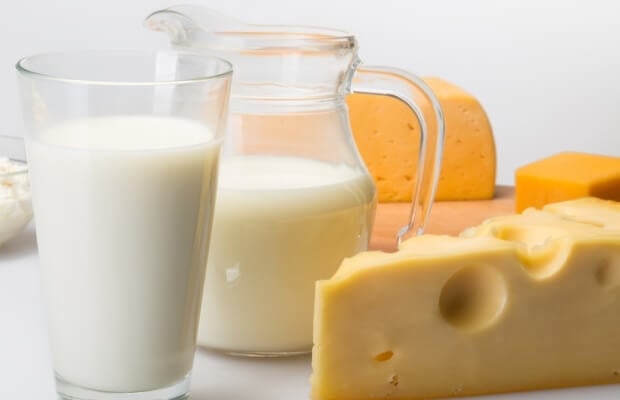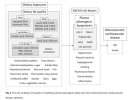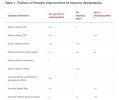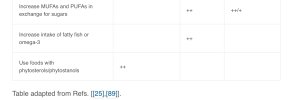Eddy Edson
Well-Known Member
- Relationship to Diabetes
- Type 2
Detailed review of the evidence for fat quality => LDL-C => CV risks.
https://www.atherosclerosis-journal.com/article/S0021-9150(23)05354-6/fulltext
Additionally, the distrust over dietary recommendations for fat quality may partly relate to an unclear understanding of the scientific method, especially as applied in nutrition research, including the process of developing dietary guidelines. We therefore also aimed to clarify this process. We discuss how we assess causality in nutrition research, and how we progress from scientific evidence to providing dietary recommendations.
https://www.atherosclerosis-journal.com/article/S0021-9150(23)05354-6/fulltext
Highlights
- LDL particle concentration, usually estimated by LDL-C, causally affects ASCVD.
- Dietary fat quality is the main environmental determinant of plasma LDL-C.
- Fat quality affects the risk of ASCVD risk mainly by modifying plasma LDL-C.
- Dietary guidelines for fat build on the totality and strength of the evidence.
- There is low probability that they will fundamentally change in the future.
Abstract
The scientific evidence supporting the current dietary recommendations for fat quality keeps accumulating; however, a paradoxical distrust has taken root among many researchers, clinicians, and in parts of the general public. One explanation for this distrust may relate to an incomplete overview of the totality of the evidence for the link between fat quality as a dietary exposure, and health outcomes such as atherosclerotic cardiovascular disease (ASCVD). Therefore, the main aim of the present narrative review was to provide a comprehensive overview of the rationale for dietary recommendations for fat intake, limiting our discussion to ASCVD as outcome. Herein, we provide a core framework – a causal model – that can help us understand the evidence that has accumulated to date, and that can help us understand new evidence that may become available in the future. The causal model for fat quality and ASCVD is comprised of three key research questions (RQs), each of which determine which scientific methods are most appropriate to use, and thereby which lines of evidence that should feed into the causal model. First, we discuss the link between low-density lipoprotein (LDL) particles and ASCVD (RQ1); we draw especially on evidence from genetic studies, randomized controlled trials (RCTs), epidemiology, and mechanistic studies. Second, we explain the link between dietary fat quality and LDL particles (RQ2); we draw especially on metabolic ward studies, controlled trials (randomized and non-randomized), and mechanistic studies. Third, we explain the link between dietary fat quality, LDL particles, and ASCVD (RQ3); we draw especially on RCTs in animals and humans, epidemiology, population-based changes, and experiments of nature.Additionally, the distrust over dietary recommendations for fat quality may partly relate to an unclear understanding of the scientific method, especially as applied in nutrition research, including the process of developing dietary guidelines. We therefore also aimed to clarify this process. We discuss how we assess causality in nutrition research, and how we progress from scientific evidence to providing dietary recommendations.








